I’ve known Donovan’s Reef for almost as long as I can remember, though it was not my first John Ford movie — I at least saw The Searchers (1956) and The Man Who Shot Liberty Valance (1962) earlier. It was, however, the first one I loved. I admit this may in part be due to repeated exposure. You see, in those simpler times theaters were neither as carefully watched, nor as scrupulous as they are today — and while it certainly existed film piracy was not a big issue. As a result, the theater where I saw the bulk of my movies kept a few John Wayne movies on hand (how they got them, I don’t know), and whenever a movie didn’t show up or a kiddie matinee needed some padding, out came the Duke. (Whether rental was paid to the studios is another matter, but I really doubt Paramount was paying any attention to what went on in Lake Wales, Florida. Certainly, no one else was.) For whatever reason, the most frequent choice was Donovan’s Reef. I saw it first-run and then at least five more times in the next few years as filler. By the age of 12, I could recite dialogue from it. (You have no idea how many uses can be found for Jon Fong’s line, “I shall try to explain it to them in their barbarian tongue.”)
The funny thing is I don’t think I ever thought of the film as a Christmas movie in those days, but it is one. Now, that sub-tropical Florida is behind me, I perhaps just respond better to the idea of seeing Christmas taking place on a South Sea Island amidst swaying palm trees. Of course, I’m savvy enough to know that a lot of the interiors were shot at Paramount in Hollywood, and more than a few of the backgrounds are courtesy of process work. But a great of the film was shot in Hawaii (standing in for the mythical French Polynesian island of the movie’s imagining) and it all feels very tropical indeed. If Ford didn’t quite do for the South Seas what he did for Monument Valley, neither are the results very far off.
On the one hand, Donovan’s Reef is a typical Ford service comedy — even if the servicemen are all veterans — and is, of course, filled with the roughhouse of that genre. Many punches are thrown and the film has two fairly spectacular barroom brawls. That’s reasonable in a movie named for a saloon (Donovan’s Reef is Wayne’s bar). It’s also a serviceable romantic comedy of the opposites-attract school. Both of these things are fine and very central to Ford’s work, but there’s more under the surface in that the film is also a very pointed and moving indictment of racism. That, too, is very central to Ford’s work. That this sits cheek-by-jowl with comedic, pidgin English-spouting Chinese immigrants is all part of the contradictions that make Ford such a fascinatingly complex artist.
I don’t mean to paint the movie as too serious, however. This is basically a comedy and it’s very much a Hollywood product — with made-to-order roles for an array of veteran actors, ranging from Dorothy Lamour and Cesar Romero to a very funny one scene turn for Edgar Buchanan (on his way to being virtually embalmed as Uncle Joe in TV’s Petticoat Junction) as a plain-speaking Boston lawyer. But that, too, is Ford, who was every inch a Hollywood filmmaker — something that is sometimes forgotten in the rush to praise his undeniable genius. This is a supremely good-natured movie — even when its ideas of men and women seem a little archaic — and that’s precisely what it meant to be.

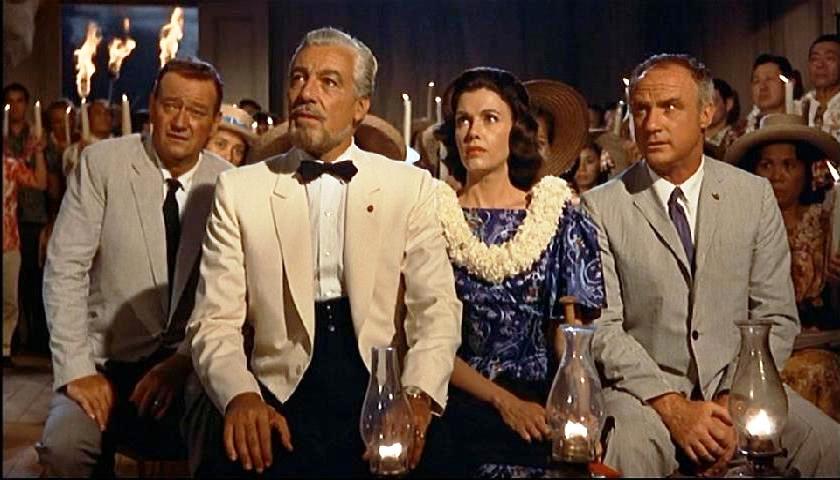
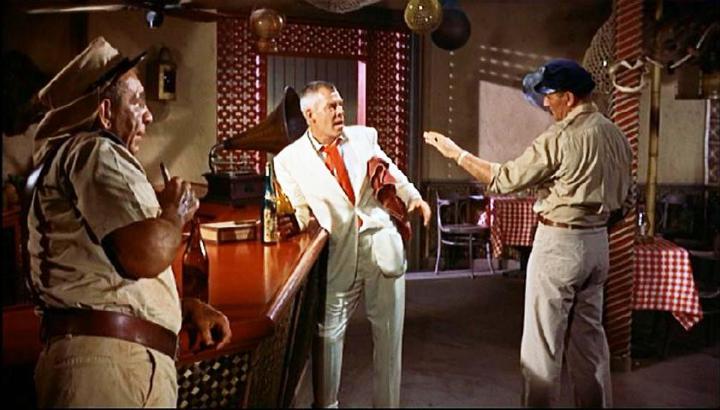

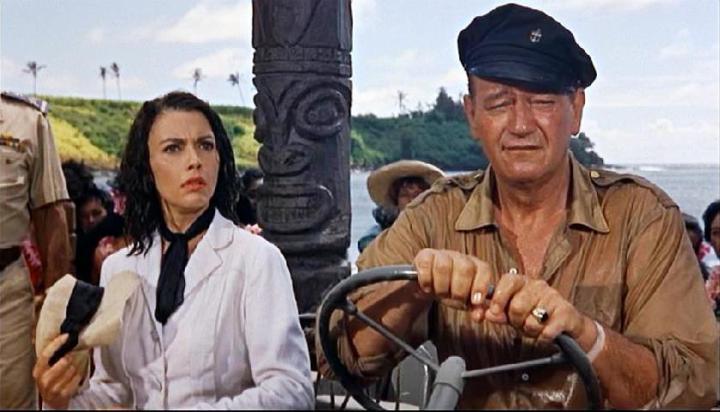
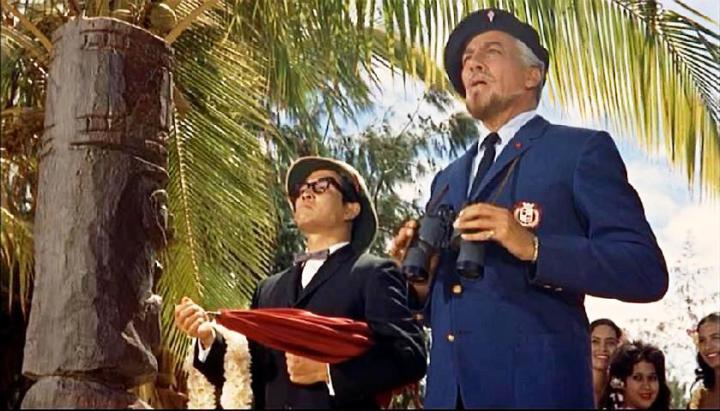
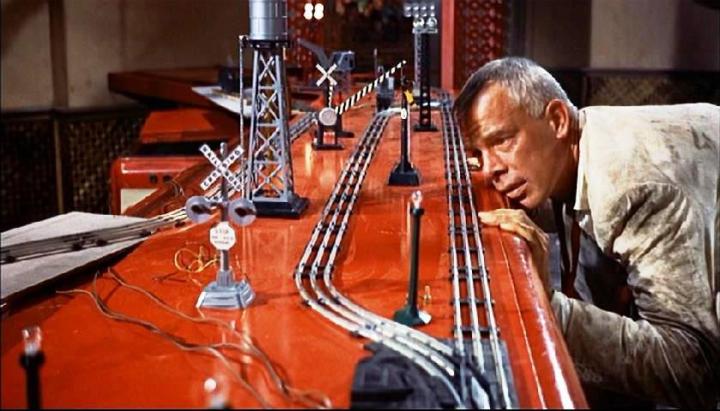

What were the nationality’s of the cast extras? Meaning the natives? We’re any of them Chamorro??